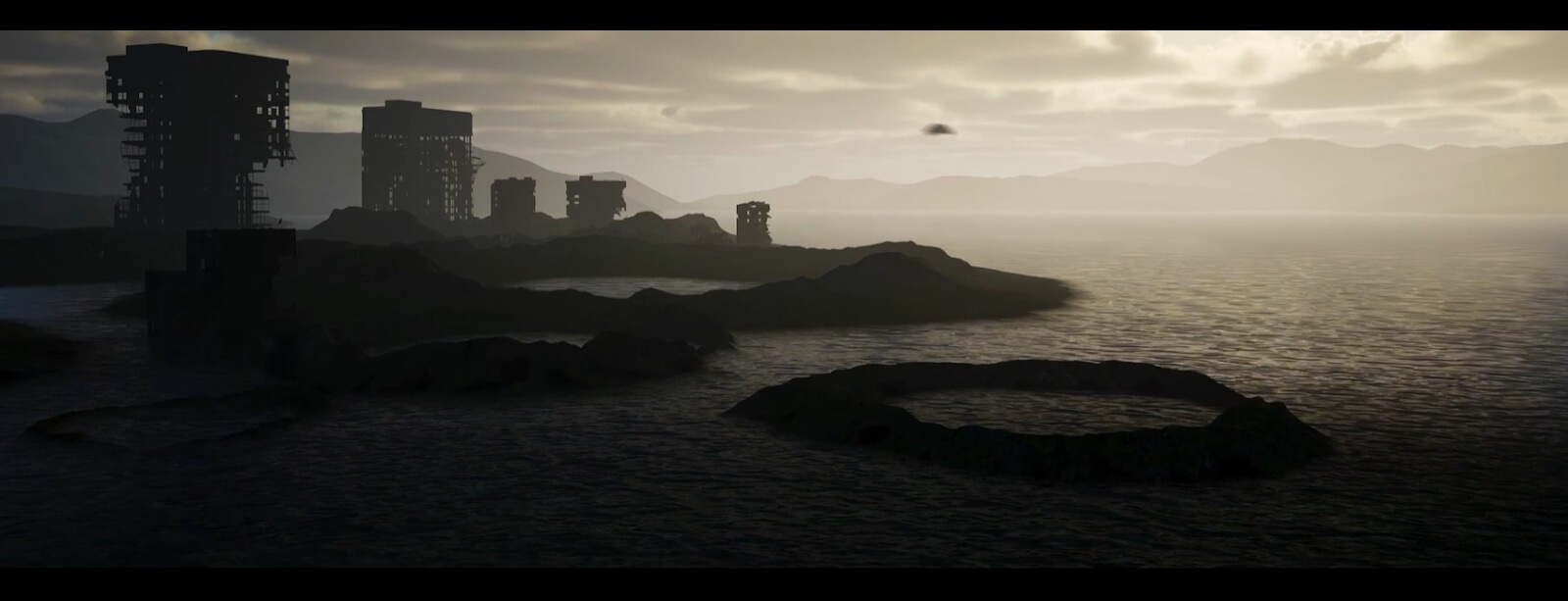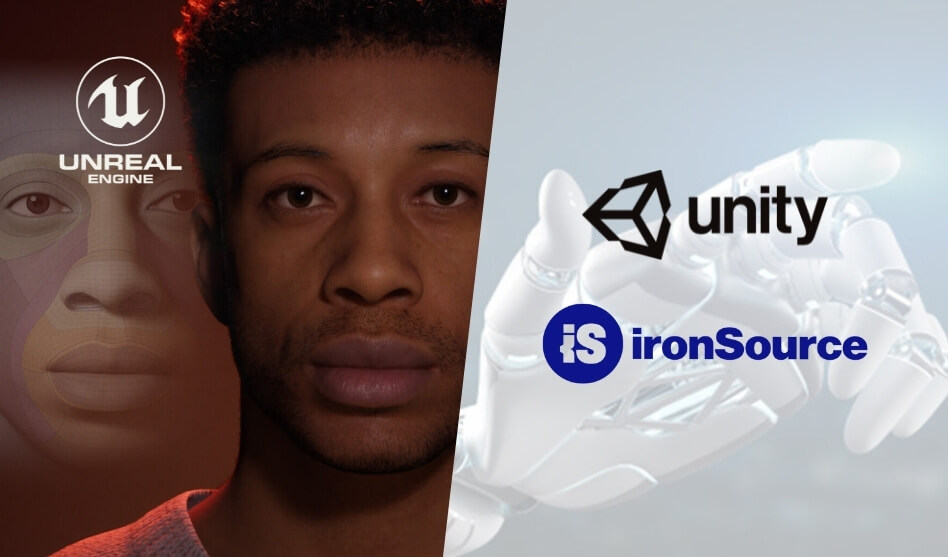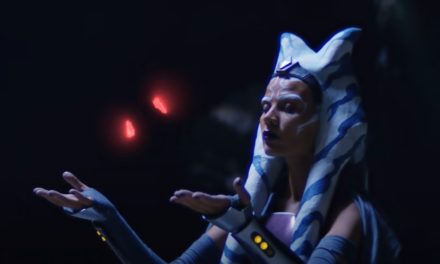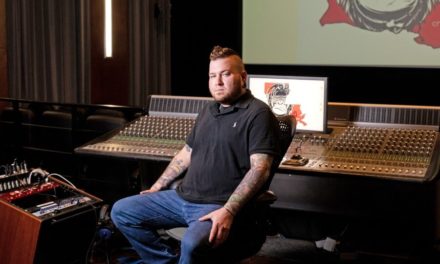The press releases by Epic’s Unreal Engine and Unity Technologies aren’t really Tyson vs. Holyfield. One jabs with a billion-dollar acquisition, the other counters with a newly released plug-in. It’s more like putting the characters of Mad Men in a frat basement with the Succession family and watching them mud-wrestle for supremacy over creating headlines that cause industry tremors.
Okay, maybe it’s not that glorious. But the amount of movement happening between the two titans of virtual creation is prolific. Yes, a lot of the news is streamlined to the antennas of those in the gaming community, but VFX artists have just as much stake in the evolving technologies. Here’s the timeline for some of the most notable happenings this summer by two of the biggest platforms empowering VFX creators.
June 9 – Unreal releases a plugin for Unreal Engine 5 that enhances their Metahuman feature, called Mesh to MetaHuman. The Metahuman tool allows creators to build realistic human characters and the primary advancement of the plugin now allows a VFX artist to quickly translate a scan or model into a fully realized digital 3D human.
The Unreal teaser video talks up the plugin features of new poses and the ability to create custom hair and clothes. Like the team at Wild Capture is enhancing with their digital humans, what the plugin elevates is the “in-between” emotions of a person. It’s easier to visually project someone as completely angry or terrified, but the Mesh to Metahuman feature allows a creator to introduce more nuanced pensiveness, confusion, and that face that says “I just did something stupid but I don’t want to admit it”.
Meanwhile, over at Unity…
July 12 – Unity Technologies announces its merger with ironSource. The consolidation integrated the indie creators of Unity with the mobile app monetization and analytics power of ironSource. Both companies have experienced significant negative shifts in their stock value the past year and have recently shared the strategy of absorbing smaller companies. For perspective, Unity was trading at just over $133 a year ago and as of September 7th, 2022, closed at just over $39. No, this news doesn’t have immediate relevance to the post-production world, but the health of Unity Technologies affects independent creators who are familiar with and have created using Unity for a long time.
July 20 – Unreal spotlights its film production capabilities by demonstrating a deep dive into the visual effects of Shin Ultra Fight. The show is a 1970s revival of the Japanese kaiju genre and is developed by Studio BROS, a production company that was also one of the recipients of an Epic MegaGrant last winter. The new episodes are a visually pleasurable mash-up of the clunky, unwieldy monster suits of Japanese kaiju films in the 1970s made more lifelike and vibrant with Unreal’s current real-time technology. Think the Star Trek “Kirk vs. Gorn” fight sequence, just…better. So much better.
August 10 – Unity flexes its real-time visual effects with a new real-time demo called Lion. The demo shows off the Unity Art Tools collective and how Unity’s gigantic acquisition of Weta Digital last November has visibly impacted the platform’s creating prowess. The collaborative demo utilizes an all-star team of tools drawing from Weta Digital, SpeedTree, SyncSketch, the Unity Editor, and Ziva. The uplifting aspect of this demo is that the original assets were created by students from the Monster Emporium Animation School. We had a similarly encouraging opportunity to interview up-and-coming creators when we covered the LSU class student film created in LSU’s digital arts studio with Unreal Engine.
August 29 – Unreal releases a collection of their favorite sci-fi short films from their Unreal Fellowship: Storytelling class. The program is an intensive 30-day class that teaches film and animation artists the fundamentals of real-time virtual production – almost like a schoolteacher taking a continuing education course for their Master’s degree during summer vacation.
The worlds created by these students are gorgeous eye candy for any VFX artist. The films include a National Geographic-style narrative about a desert robot, ambient water cities that feel like you’re flying over a distant planet, and wild jungle plants sprouting from arid ground into a vibrant oasis.

August 8-11 – Unity sponsors the 2022 SIGGRAPH convention. Unity didn’t have an enormous imprint on the convention, but it is a good excuse to mention the premiere annual conference for advancements in computer graphics and virtual production. For filmmakers, some of the more intriguing facets of the conference included a presentation by members of the Dune VFX team, a discussion about racial bias in computer graphics, and an exhibition by Industrial Light & Magic.
A lot of the recent virtual production industry developments involved logistical movements: financial fluctuations, overly candid CEOs calling game developers “idiots”, you know – unartistic stuff. Underneath that, it’s always driven by one component that’s never broadcasted in a press release:
The creator sitting immersed in front of a screen and designing an imaginative world simply because they love it.





